|
I’m sure this is not news to you, but teachers are stressed and it is a big problem. 46% of teachers have high rates of daily stress, which ties with nursing to be one of the most stressed groups of professionals. 78% of teachers feel exhausted at the end of the day - both physically and emotionally. The impacts of this exhaustion include increased illness, absenteeism, cynicism, and poor decision making as well as decreased energy and enjoyment. And it’s not just the teacher—students are impacted by their teacher’s exhaustion as well. Teacher burnout predicts student academic outcomes and is correlated with lower levels of student motivation and increased student stress (Lever, Mathis, & Mayworm, 2017). What can we do about it? We can help ourselves and our colleagues thrive. When people are able to thrive at work, there are positive outcomes. When you feel energized, you have enough capacity for the work and don’t burnout. When you’re able to learn and grow in your job, not only do you accomplish more for your organization, but you become increasingly confident in your ability to achieve. When you are able to create resources, see the positive impacts of your work, and spread knowledge, this spirals upwards to generate continued thriving. Finally, when employees are able to co-create the work environment, they are able to flourish (Spreitzer & Porath, 2014). Spreitzer and Porath’s (2014) chapter in How to Be a Positive Leader: Small Actions, Big Impact, lays out several steps to take to enable thriving at work. Here’s what you can do:
Spreitzer and Porath (2014) also suggest several steps for organizational leaders:
The Reflected Best Self One activity I absolutely love that contributes to thriving both at work and in life is the reflected best self (RBS). Developed by Roberts, Spreitzer, Dutton, Quinn, and Heaphy (2005), you can use the RBS to identify your individual strengths and leverage those to increase your future potential. The exercise asks you to gather contribution stories from people in your personal and professional life to deepen your understanding of your best self, how you contribute to the world around you. The RBS helps regenerate people’s resources to help them advance and become extraordinary. It expands one’s constellation of possible selves, and when a person’s possible self is more vivid, performance improves. It also improves well-being as a result of social architecting, or the “pro-active selection of settings, people, and tasks that draw on their strengths” (Roberts et al., 2005, p. 726). Remember, job crafting? The RBS also helps people live authentically, as their true selves, experiencing and intense involvement in their work, a special fit that is not typical of daily tasks, feelings of being alive and fulfilled, and the impression that “I’m meant to do this” and “This is who I really am.” This also promotes psychological health, so your body functions better (Roberts et al., 2005). So, we know teachers are exhausted, and we know helping people be their best selves has a ton of physical, mental, and job performance benefits. In fact, feeling a greater sense of purpose and seeing how you add value, improves your ability to cope with stress. Doing this work creates a cycle of thriving! You may be thinking, "This sounds great, but where do I start?" Here's my small step challenge to you: Help yourself thrive at work by job crafting and setting goals for your work that bring out your best self. Roberts et al. (2005) share that when you are able to identify goals that are aligned with your true self, and then you take action to achieve these goals, you experience a heightened sense of living as your true self, feeling alive and fulfilled, and being physiologically healthy. So, download the job crafting template below, fill it out, and post it in your workspace. Then, share this blog post with a colleague so they can do the same. You got this, you amazing educator, you.
Just remember: think big, act brave, and be your best self.
2 Comments
1/14/2023 06:10:30 am
Reply
1/14/2023 06:11:08 am
Thank you for the wonderful content. Continue to post!
Reply
Leave a Reply. |
Details
For transcripts of episodes (and the option to search for terms in transcripts), click here!
Time for Teachership is now a proud member of the...AuthorLindsay Lyons (she/her) is an educational justice coach who works with teachers and school leaders to inspire educational innovation for racial and gender justice, design curricula grounded in student voice, and build capacity for shared leadership. Lindsay taught in NYC public schools, holds a PhD in Leadership and Change, and is the founder of the educational blog and podcast, Time for Teachership. Archives
May 2024
Categories |
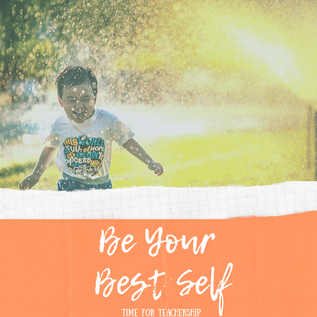
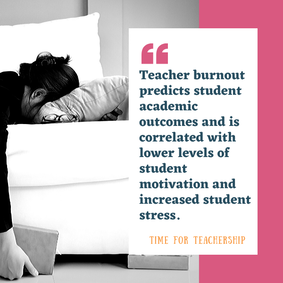
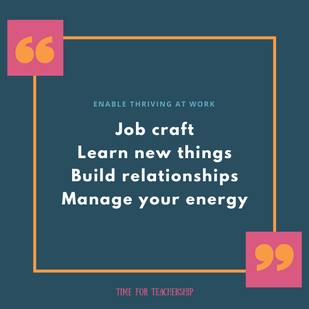
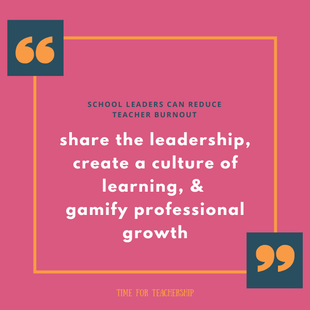
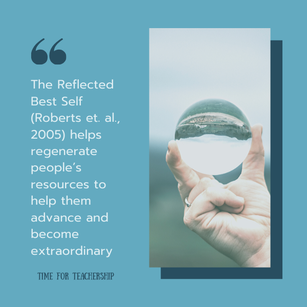
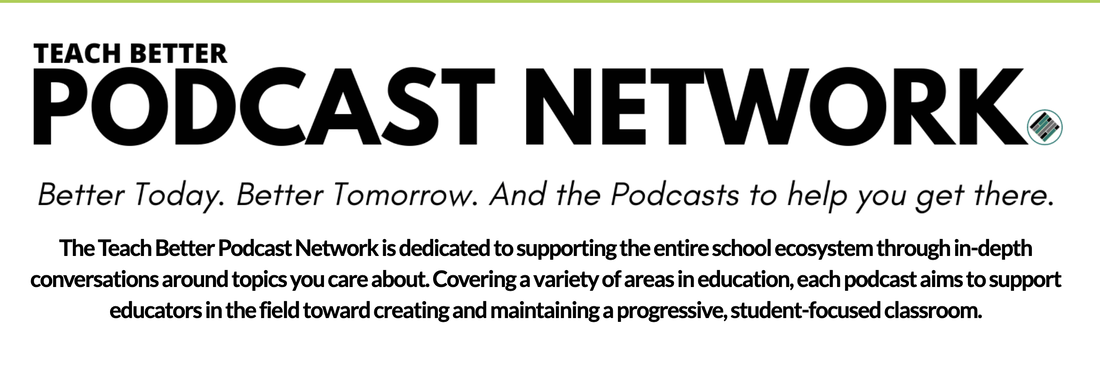
 RSS Feed
RSS Feed